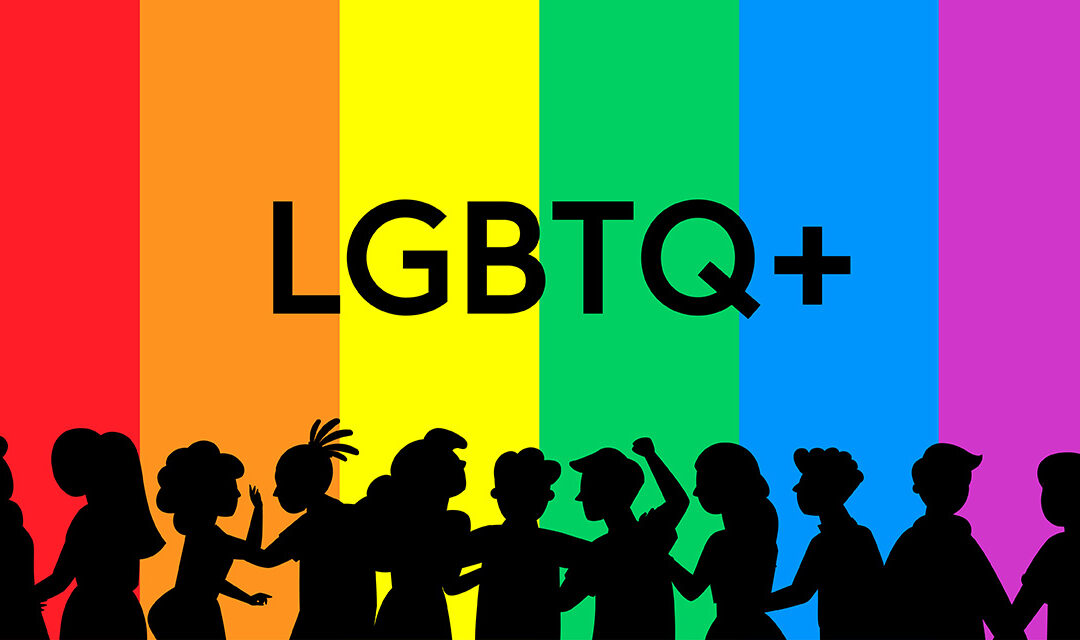“From the minute they come in, let them know that they are accepted, that they are welcomed.”
– Megan Mahon (Assistant Professor of Counseling at Heidelberg University)
In the previous article, we spoke about the difficulties that individuals of the LGBTQIA+ community face as they try to understand themselves in a world where people treat them unjustly. Today, we will talk about something positive – We will focus on the counselling world and how mental health professionals and advocates are coming together to not only provide the most appropriate and safe form of unconditional support and counselling for LGBTQIA+ clients but also educate themselves and their communities for the same. As mentioned in the beginning, the most important aspect is to create a ‘safe zone’ for them.
While counselling is a process that involves guidance and advice from a counsellor, it is important that the counsellor themselves gain a greater level of self-understanding. They must not only be in touch with their sexual orientation and gender identity but also have awareness regarding what their sexuality means to them, how it influences their life and how it influences relationships with their clients (Chaney, 2011). This benefits the process of counselling for the LGBTQIA+ community, by creating an atmosphere of empathy, openness and acceptance as well as realization regarding one’s own privilege, especially among heterosexual therapists.
When it comes to various counselling techniques with regards to the LGBTQIA+ clients, their issues many times overlap with non LGBTQIA+ clients, however, they do face distinct challenges as well. With regards to the problems mentioned in our previous article ‘The Effects of being Closeted’, Cognitive Behavioural Therapy (for chronic depression, social anxiety, negative self-concept or faulty cognitions) and Dialectical Behavior Therapy (for self-harm and substance abuse) are highly productive in helping and supporting the clients. Clinical problems such as Gender Dysphoria and Sexual Identity Issues require additional open-ended exploration of the clients’ feelings and experiences of gender identity and expression, without the therapist having any pre-defined gender identity or expression outcome defined as preferable to another. Family and couples’ therapy can be important for creating a supportive environment that will allow a person’s mental health to thrive. Peer support groups for transgender people themselves are often helpful for validating and sharing experiences (American Psychiatric Association, n.d.)
A cornerstone for LGBTQIA+ counselling is Affirmative Therapy, first developed and coined by Alan K. Malyon in 1982 as Gay Affirmative Therapy. While clients from this community are inherently sceptical and fearful of seeking help, this form of therapy has truly changed the way the counselling world and mental health professionals have incorporated measures to make the therapeutic process free of any hatred, prejudice and misinterpretations. This includes but is not limited to (Weiss, 2014):
- Asking specifically about the client’s sexual orientation, gender identity and dysphoria, preferred pronoun use, and what the client calls his/her significant other if there is one.
- Educating clients about heterosexism, homophobia, bi-phobia, trans-phobia, and the ways in which these biases can manifest in both the external world and the client’s internal self-evaluation.
- Exploring self-discovery and coming out processes, including both positive and negative reactions (not only external but internal).
- Recognizing the ways in which the media, religion, and popular culture both affirm and denigrate LGBTQIA+ existence and being willing to discuss this in therapy.
Honouring diversity in all of its forms is fundamental to counselling. Without such a stance, the welfare of clients is endangered and the respect and dignity that should be accorded to every person are ignored. Diversity in counselling does not only focus on the LGBTQIA+ community, but also on different populations with regards to age, race, economic status, immigration status, national origin, and ability. All these factors are related to one another and each one influences the other to make up one’s identity. An intersectional approach in counselling, where counsellors are aware of the dynamic nature of one’s identities and the different intersections, that make one whole self a ‘complex being’, is imperative to help clients. These areas of intersection are riddled with stereotypes, discrimination and marginalisation. A counsellor who includes intersectionality in their approach is one who can help a client strengthen the various aspects of their identity, shape values, determine goals and support them in navigating through the distinct difficulties their clients face. This approach is very beneficial for the LGBTQIA+ community.
We would also like to remind counsellors that as a community the LGBTQIA+ individuals are very resilient and resiliency is valuable in the counselling process. Fortunately, the counselling world has transformed itself through education and awareness. It was heartwarming to research the number of resources available for the individuals of this community. Resources such as The Trevor Project, SAIGE (Society for Sexual, Affectional, Intersex, and Gender Expansive Identities), Talkspace and Pink List India, to name a few are actively working in this area. Counselling is not for anyone kind of population. It is inclusive of each and every kind of human because mental health is not for anyone person, it is for every being.
Pink List India has collated a list of queer-inclusive mental health practitioners, an initiative that started at the beginning of the pandemic. We thought of sharing it with our readers if anyone out there is or knows of someone who is looking to seek help.
https://www.pinklistindia.com/_files/ugd/4b5434_89dfd2f1142b45769b4fa50df7c8ff81.pdf
– Urveez Kakalia and Ferangiz Hozdar.

